Tutorial: How to photograph insects on a white background in the wild
posted Thursday, August 3, 2017 at 11:36 AM EDT
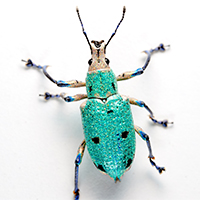
Phil Torres is a name you might be familiar with. He's an accomplished photographer and scientist who has lived in the Amazon Rainforest and has also doen research and covered science-stories in Mongolia, Venezuela, Ecuador, Peru, Sweden, and the Arctic just to name a few. He has even been featured on shows on Animal Planet, the BBC and even Sesame Street (and many others). While out in the wilds, Phil has the opportunity to interact with and photograph some really incredible creatures and in his latest video, shows you how he captures photos of insects (or any bug really) with a clean white background when you're out in the wilderness.
As he tells Imaging Resource, "The basic principle is blanketing the subject with a broad, diffused flash to soften reflections on a shiny insect/frog/specimen, soften the shadows, and create a nice, even underglow from the flash being reflected back up into the subject from the white surface below." The concept sounds simple, and it actually is, but knowing how to consistently achieve proper lighting can be a huge help when, as Phil told us, "you have limited time in an environment and specimens that are running or flying off the white board."
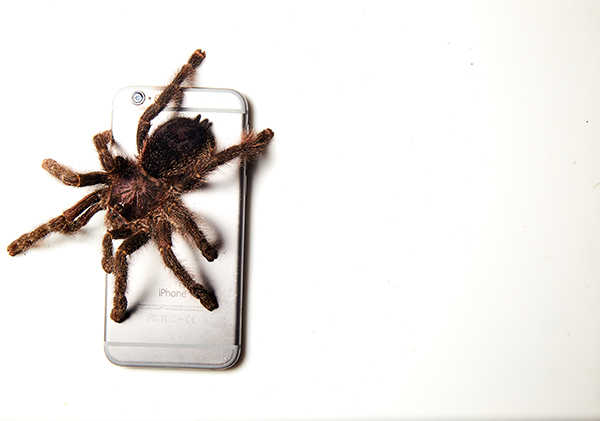
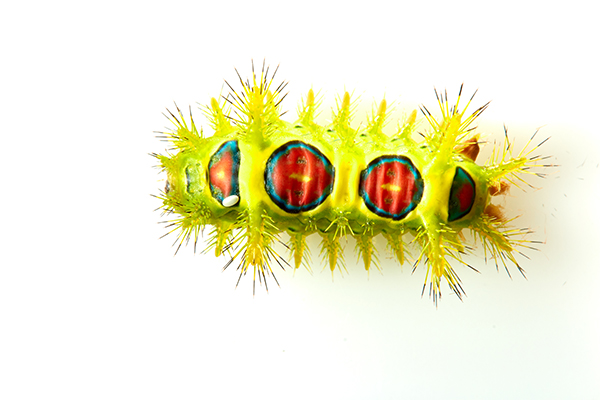
"In general," Phil said. "I have the specimen on the white board, my camera in the right hand, and the diffused flash in the left, adjusting around the specimen as it moves." When shooting, Phil typically uses the following setup and camera settings:
- 100mm macro lens (I use Canon EF 100mm macro f/2.8L)
- f/11
- ISO 200
- Shutter Speed 1/250
- Focus range 0.3-0.5m (keeps the autofocus in the near range so it won’t go searching as much)
- 1/4” opaque white acryllic, 12”x18"
Phil then sets a single autofocus point on the left or right side to frame the eye of the specimin. He wants the eye to always be in focus, and this way he can let the autofocus do its job while he does his: adjusting the flash point, brightness, angle, and wrangling the specimen. "If I want to get even closer," Like Phil did for the photo of the shining blue/green beetle that's the highlight of this video, "I use Canon's MP-E 65mm lens with a twin flash set up. This is the most hardcore macro lens on the market and the reason I use Canon. It is a lens that is pretty much only useful if you’re photographing very small things like insects or spiders. I put mine to good use, but even on subjects like frogs this lens is too zoomed in, and a 100mm macro is best."
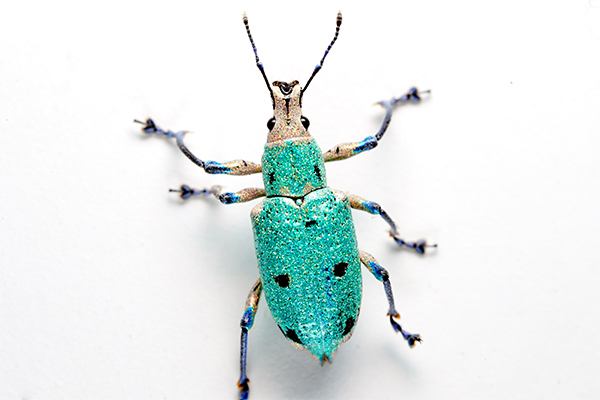
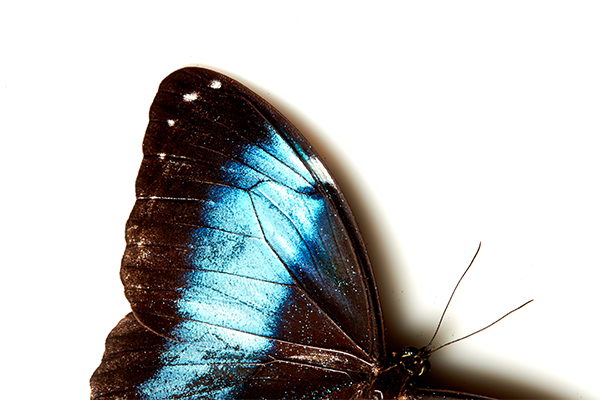
"For the MP-E, I can only use manual focus, so it requires moving my head back and forth to find the crawling beetle, and using my eyes to determine if it is in focus or not. It is difficult to see through and has a rather shallow depth of field, so needless to say it takes an incredible amount of practice and patience to use this on a quicker subject like an ant, but as you can see in this video the slower weevil behaved rather well for me. I rarely use it past the 3x zoom point because the sharpness decreases, but I have seen some remarkable photostacking using this lens at that high magnification."
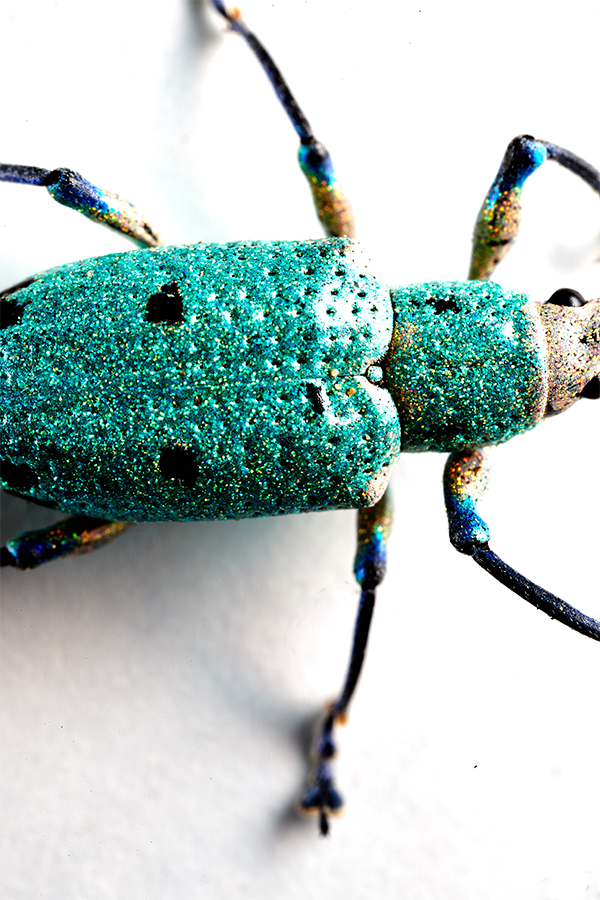
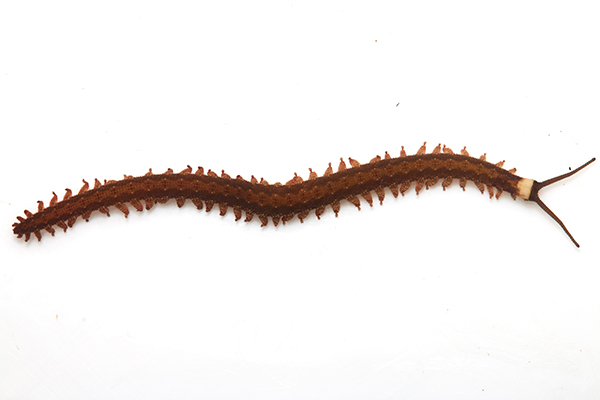
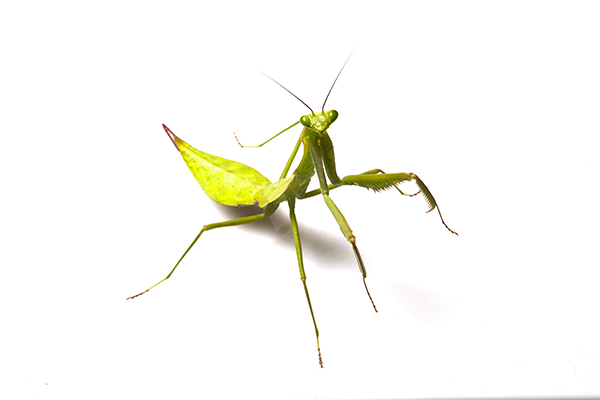
Phil says he often photographs insects in the field, but will use this technique for a "more textbook or infographic photo of the specimin," as this type of white background photography is being used extensively in biology for field guids and books. "I never go on a hike without a few small vials to pop a live specimen into so I can take it back, calm in down a bit, and try and snag a photo of it using this set up," he told us. "In the video you can see it can be a challenge to get a specimen to sit still and this was a fairly docile specimen, but I have definitely had some fly right off the white board back into the forest where they belong."
All images copyright Phil Torres and published with permission.